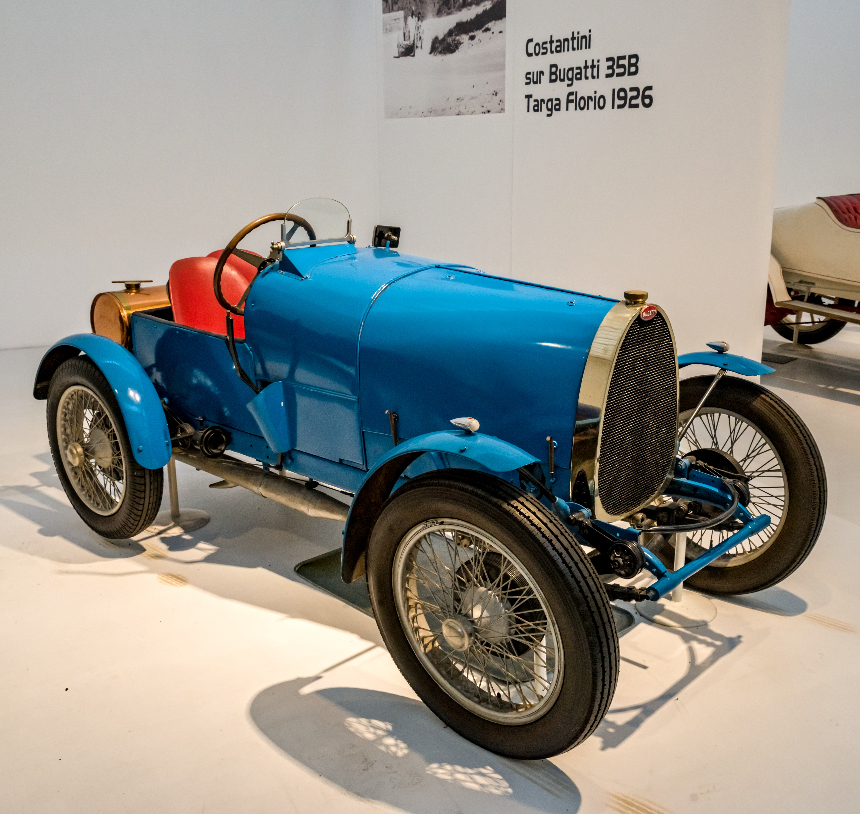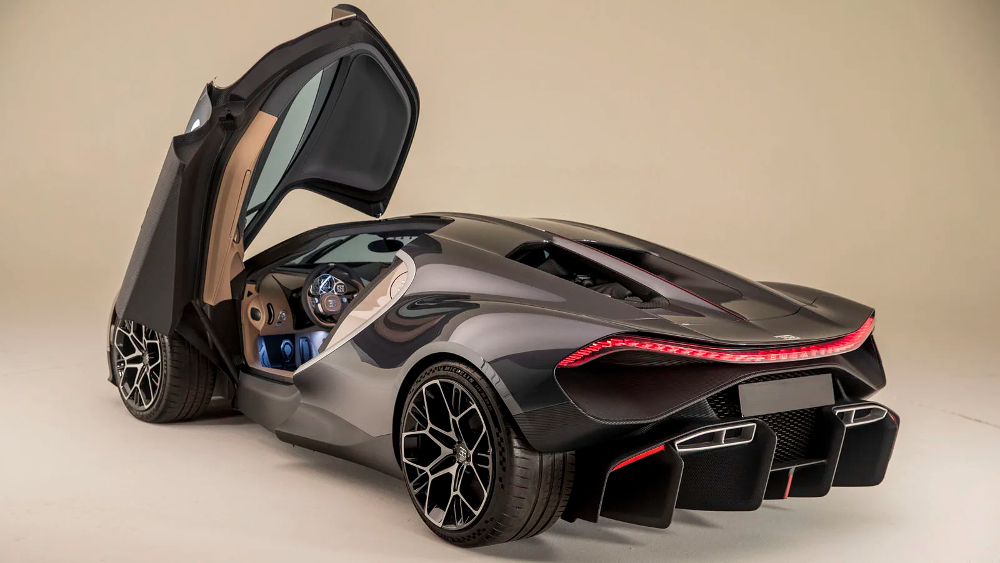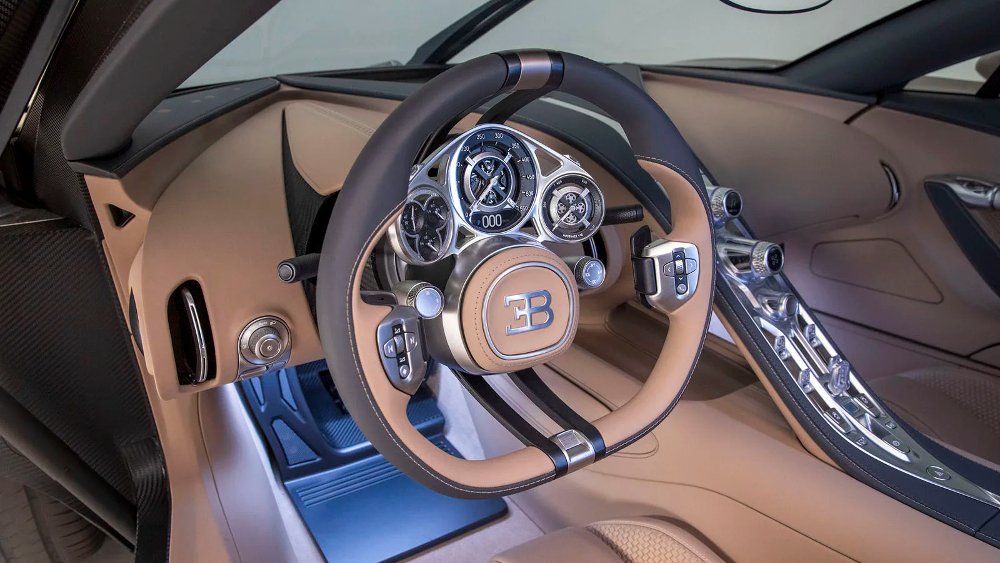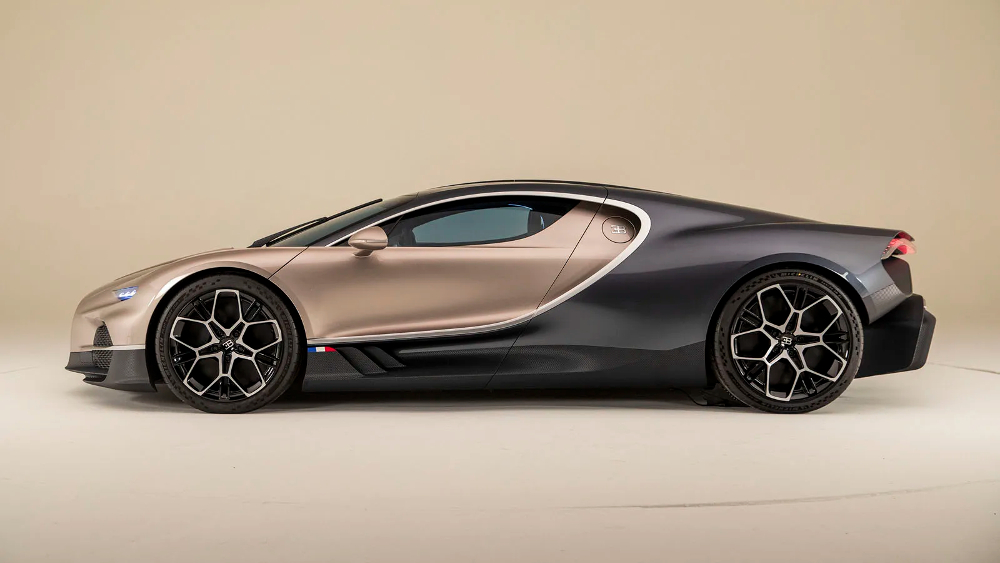Sign up for daily news updates from CleanTechnica on email. Or follow us on Google News!
In 1998, Volkswagen Group CEO Ferdinand Piëch engineered the purchase of all the assets of Bugatti in an all-stock deal valued at $50 million. Volkswagen’s goal in acquiring Bugatti was to revitalize the luxury brand and showcase its own technical expertise and innovative strength. The Bugatti Veyron first went on sale in 2005 with a 16-cylinder engine that was essentially two V-8 engines siamesed together. Piëch originally wanted a V-18 engine with two 9-cylinder engine blocks, but the W-16 that ultimately made it into production had almost double the horsepower — 987.
As much as the Bugatti name added luster to the Volkswagen Group, as a brand it consistently lost money. Finally, in 2021, Volkswagen struck a deal that saw control of the Bugatti brand pass to Croatia’s Rimac, which now owns 55% of a joint venture with Porsche as the minority owner. According to the New York Times, Oliver Blume, who was the chief executive of Porsche at the time, acknowledged that the deal removed a distraction for Volkswagen and allowed the company to focus on more important tasks, such as shifting to production of electric vehicles and overcoming the effects of its diesel missions scandal. “It’s the only way to develop Bugatti for a profitable future,” Lutz Meschke, the chief financial officer of Porsche, said of the joint venture, which allows Porsche to keep its hand in the business and benefit from technological innovations.

The first new model since Rimac took over is now ready. Called the Bugatti Tourbillon, it retains the iconic “horse collar” radiator opening that was the signature design element of every car Ettore Bugatti ever designed. Behind the grille is not an internal combustion engine, but rather two electric motors and two inverters that feed 600 horsepower to the front wheels. In the rear is another 200-horsepower electric motor and a V-16 internal combustion engine, but not the same V-16 previously used.
This one has two banks of 8 cylinders apiece linked to a common crankshaft that is more than 3 feet long. The 64-valve, naturally aspirated 8.3-liter engine uses four throttle bodies and is rated at 1,000 horsepower. The total grunt available therefore is 1,800, which is enough to sling the car to 124 mph from a dead stop in 5 seconds. 0 to 60? Forget about it. Top speed is 277 mph, which may not make it the fastest car in the world, but is enough to get your driver’s license revoked in 197 countries.
Ordinarily, such a long crankshaft would have enough flex in it to wipe out all its bearings the first time the driver zinged it to its 9000 rpm redline, but Bugatti design director Frank Heyl told Autoblog that Bugatti was able to smooth things out with extensive computer simulation and materials testing. “Since you can ignite four cylinders simultaneously, the vibrations are essentially nullified by one another,” he explained. “And that allowed us to keep the (crankshaft’s) counterbalancing weights to a minimum.” Think of it as noise-canceling technology for your 1,000-horsepower V16, Autoblog says.
The Essence Of A Bugatti

Heyl said, “Yes, obviously it will be extremely fast, but I don’t really like to talk about the numbers. It’s more about how you feel in the driver’s seat, the sensations — the haptics of the switchgear, the smell of the leather, and the sounds and vibrations of the engine. It’s an emotional experience that can’t really be expressed in numbers.” Car guys can relate to that, although few of us will ever get to drive one. If you have to ask the price of the Bugatti Tourbillon, you can’t afford one.
Heyl compared the shape of the Tourbillon to that of a falcon. While the design isn’t a massive departure from the previous Chiron, it doesn’t take much imagination to see the resemblance at the beak nose of the car. “We like to say that beauty comes from the aesthetic of purpose, and the purpose here is performance.” The falcon analogy mainly correlates to the reduced frontal area of the Tourbillon compared to its predecessors, a change which significantly reduces aerodynamic drag. That, in turn, allows for even more rapid acceleration as wind resistance increases while also helping the hypercar to achieve aerodynamic neutrality at top speed.

Like its predecessors, the Tourbillon avoids large touchscreens in favor of finely crafted instrumentation and physical switch gear. To ensure that it could keep up with the manic powertrain, Bugatti turned to the medical industry for the stepper motors that move the needle on the horsepower gauge, while the use of sapphire, titanium, and crystal glass in the gauge cluster was inspired by high end watch design. A retractable digital display does hide at the top of the center stack, but Heyl noted that all of the car’s functions are accessible without it.
It’s a design ethos that is intended to keep these cars from feeling dated decades from now, as he expects the Tourbillon to be enjoyed by owners well into the future, regardless of the next contender’s headline-grabbing stats. “I think we’ve reached a point where cars are so incredibly fast that it’s not the differentiator anymore. It’s about the emotions that it generates. Your heart has to tell your brain that it’s a good decision to buy this car.”
The Takeaway

Automobiles Ettore Bugatti was a German, then French, manufacturer of high performance automobiles. The company was founded in 1909 in the city of Molsheim, which is located in the Alsace region that has historically been part of both Germany and France at different times. Ettore Bugatti was an industrial designer born in Milan, Italy, who was known for making machines that had a jewel-like quality. He was a stickler for details and his cars quickly became known for their design beauty and numerous race victories. That design ethos that make Bugatti automobiles so iconic has now been passed on to another highly creative, outside the mainstream visionary named Mate Rimac. One gets the impression that Ettore Bugatti would be pleased,
So what we have here is the answer for people who are clamoring for more hybrids. The Bugatti Tourbillon has a gas engine, so no worries about range or finding a charger, and an electric drivetrain, so no exhaust emissions, at least some of the time. What it doesn’t have is that low sales price people say they want but in the immortal words of Meat Loaf, two out of three ain’t bad.
Have a tip for CleanTechnica? Want to advertise? Want to suggest a guest for our CleanTech Talk podcast? Contact us here.
Latest CleanTechnica.TV Videos
CleanTechnica uses affiliate links. See our policy here.





